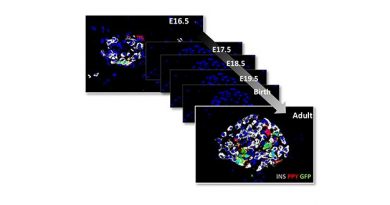Pathophysiology of nocturnal enuresis explored in adult women

In adult women, nocturnal enuresis (NE) may have urological and nonurological pathophysiology, according to a study recently published in Frontiers in Medicine.
For the study, Qi-Xiang Song, from the Shanghai Jiao Tong University School of Medicine, and colleagues enrolled 70 adult women who complained of bedwetting, with a frequency of at least once per week and symptom duration of at least three months. Lower urinary tract symptoms and voiding behavior were appraised, and bladder function was assessed.
The researchers found that comorbidities and lower urinary tract symptoms were frequently reported among the recruited individuals. According to bladder diary data, patients commonly presented with nocturnal polyuria (NP), reduced nocturnal voided volumes (RNVVs), or both. Multiple dysfunctions were revealed in urodynamics, including detrusor overactivity (DO), urodynamic stress incontinence (USI), reduced compliance, bladder outlet obstruction, detrusor underactivity (DU), and simultaneous DO and DU. Markedly increased body mass index, more comorbid conditions, worse incontinence symptoms, NP or NP plus RNVVs, reduced compliance, and poorer voiding, possibly owing to DU, were seen for patients with more frequent NE (four or more per week). Independent risk factors for NE severity included incontinence symptoms, NP + RNVVs, poor flow, increased bladder sensation, and simultaneous DO and DU.
“Imbalanced circadian urine production, jeopardized continence mechanisms, overactive bladder, and DU-induced poor voiding are major factors that contribute to the pathogenesis of NE in adult women,” the authors write.
Source: Read Full Article



